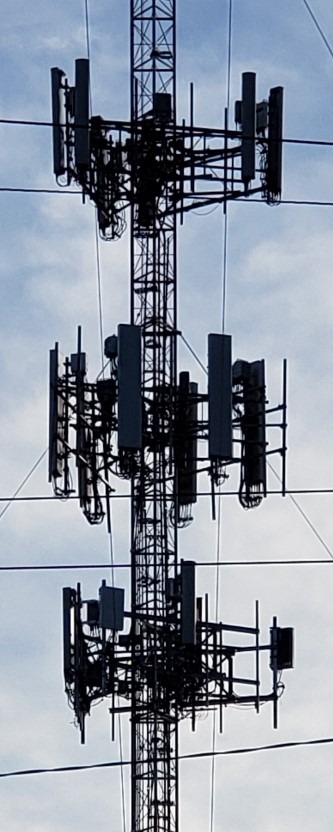

Mission Statement of the 4G Watchman
Why care about 4G LTE? Consider our reality.
During the cell phone feeding frenzy which is the Holiday Season of 2020, folks in sales and marketing are guaranteeing that their 5G devices will only get faster.
Meanwhile, an order of magnitude MORE 4G cell phones were being sold, while some salespersons were tight lipped about 4G's future performance.
Granted, while the tech media is maintaining that 4G LTE will remain robust for a long time to come (this CNET article explains it best), their technical analysis ignores the human factor.
I'm assuming that some cellular carriers will find reasons to deliberately slow 4G LTE down, if only to make their 5G seem faster BY COMPARISON. And I mean sooner rather than later. That would be unfortunate for customers who will still be paying on 4G phones they are buying now, many locked into 24-30 months contracts with carriers or manufacturers. That, my friends, is the mindset which inspired and fuels this long term project.
Hey, the cellular carriers need to know that someone is paying attention, shining a light on 4G LTE performance, for the good of the 4G LTE device owners like myself.
Will I make a difference? If in short order you see the cellular carriers announcing their plans relative to 4G LTE performance, then I feel that I will have made a difference. Excluding that, well here's the thing. If during my two years of quarterly testing, the resulting measurements show a marked decrease in 4G LTE performance, then we can be sure that I will have had NO effect. And if 4G performance has stayed constant, or even increased over that 24 month period, I still won't know definitively that I had any effect. Either way will be somewhat frustrating for me.
Obviously, Winter is when all the leaves are off the trees, so December and March are perfect months to establish a performance baseline and then confirm it 3 months later.
June's measurements will give you an opportunity to see how much effect those fully leafed out trees have on your favorite cellular carrier's signal. It's understood that measurements will decrease when the trees leaf out, so June and September's measurements will compare to one another, but not to the winter months. In other words, we must wait until December 2021 to see the real picture come into focus.
For December 2021, I tested twice, the first being early in the month. I added a column for time of measurement, which allowed me to add a spreadsheet which is sorted chronologically.
It proved to be quite an eye opener, revealing that Hello Mobile was either practicing throttling. No, it wasn't congestion, as T-Mobile wasn't experiencing severe congestion, and Hello Mobile runs on the T-Mobile system. Either way, the latency measurements were the most troubling, early and late.
So, Hello Mobile's test had to go.
Later in the month of December 2021, I added the Cricket Wireless network, which functions off of the bigger AT&T system.
Finally, when choosing cellular carriers, be sure to weigh factors which go far beyond performance. Do your homework.
Thanks for your time and consideration.